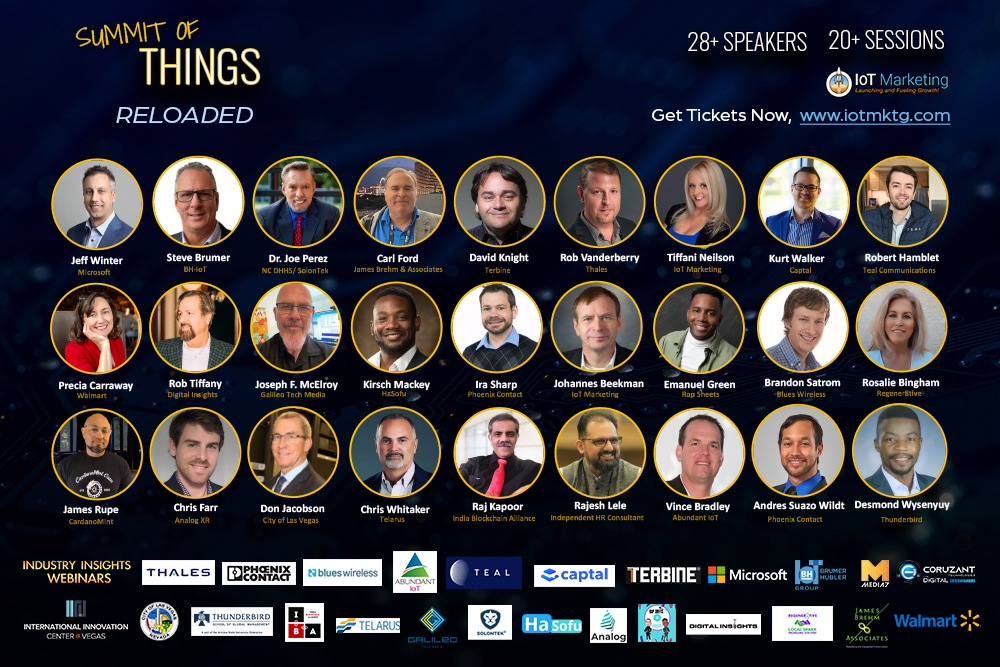One of the most understated developments in modern technology is the 3D printing of IoT devices. The 3D printer is helping spark the growth of IoT in various ways and is becoming increasingly more useful to businesses seeking to innovate. Here's a look at the impact 3D printing has had on IoT technology.
More Efficient Prototypes
It's no surprise that 3D printing of IoT prototyping continues after all these years. The 3D printer's original main role in the late eighties was prototyping. No longer did prototyping have to be so expensive and generate waste. It opened the door for inventors, engineers, and designers to experiment more often and freely. Designs can be simple or complex and turned around quickly in the world of 3D printing.
These days, it's possible to manufacture a wide variety of IoT devices in a few days with a 3D printer. Testing out a prototype simplifies production and reduces errors. If a prototype is bad, it doesn't cost much to replace it with an improved prototype. Many times a prototype can be made by a 3D printer with lightweight but strong and durable parts.
The 3D design files are saved as either CAD or STL files so that they can be easily loaded into a 3D printer. Any number of units can be produced by the printer, but keeping runs short is key to greater efficiency. It's not difficult to make adjustments to the design if a flaw has been identified.

Explore the state of IoT and how it is used with other advanced technologies by purchasing a ticket for the Summit of Things.
Lower IoT Costs
Designers of new products can feel relieved that 3D printers lower production risks in numerous ways. The machine keeps production consistent yet flexible. The materials used in 3D printing are typically recyclable, reducing production costs.
By producing 3D-printed plastic circuits, you can reduce the cost of making an IoT device. One of the main reasons managers hesitate to invest in digital transformation is the high cost of new technology. But lowering the cost of IoT devices is a step toward wider acceptance.
Another reason why costs are lower with items made by 3D printers is that the design process is more energy-efficient. Furthermore, the parts of a device can all be made in one place by one machine, eliminating the need to transport different machine parts through different delivery services. This streamlined process contributes to a more eco-friendly production system.
Smaller Higher-Quality IoT Devices
One of the most compelling ways that IoT is changing businesses is with the use of tiny sensors that can be installed in a multitude of places. The 3D printer allows for making sensors as tiny as they need to be. Smaller shapes and sizes reduce costs for the consumer.
The shrinking of IoT sensors has played a major role in revolutionizing the healthcare industry, particularly with wearables. Not only can IoT devices be developed efficiently with 3D printers, but so can human body parts. Medical professionals are in a better position to save lives with printed hearts, livers, and kidneys when necessary.
Easy Production of IoT Devices
Many of the problems manufacturers have encountered in traditional production processes have become streamlined by 3D printers. These modern machines make it possible to efficiently do short runs on production orders. They also allow designers to keep improving a product at low cost without generating waste.
The on-demand model of production has positive qualities linked to sustainability. The idea that products are only produced when ordered reduces the problem of inventory taking up space until it's sold. You won't have to pay for the production of a product until it's ordered, so items pay for themselves. This new thinking reduces the odds of debt or loss from unsold inventory.
Tech companies that invest in 3D printing technology for creating different solutions have the opportunity to disrupt markets. There's a growing demand in the business world for both IoT devices and more efficient production. The stage is set for many new independent development companies to thrive by marketing IoT innovations.
The IoT market will grow exponentially in the next decade, particularly to meet the needs of advanced security systems. The merging of artificial intelligence (AI) with IoT will take the technology to an even more profound level. Ultimately, 3D printers are making it possible to run an efficient factory and warehouse without taking up so much space.
The adoption of IoT in the business world will accelerate with the 3D printing of IoT devices, making "always on" systems more affordable.
